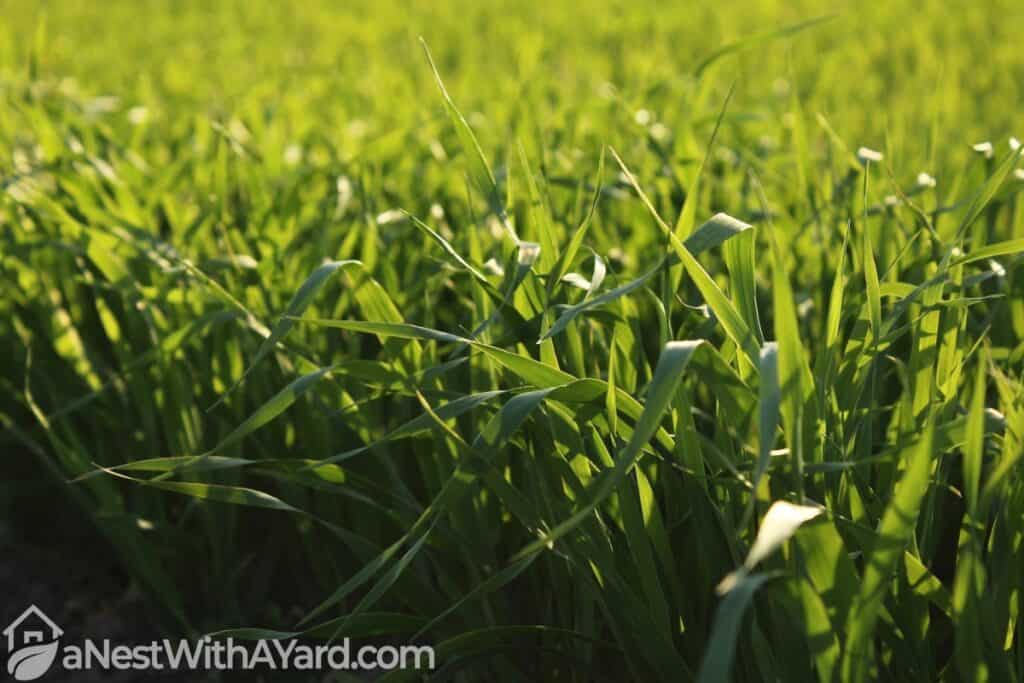Sustainable Living: 5 Changes You Can Make Now at Home
Sustainable living protects our ecosystem and preserves natural resources for future generations — and it improves the quality of our lives.
Living “green” means being aware of how your actions affect the environment and those around you. Then, you can take everyday actions to improve outcomes.
This may sound like a tall order, but this lifestyle shift doesn’t need to be overwhelming. Here are some simple things you can do now to transform your home for sustainable living.
This post is sponsored by Owens Corning.
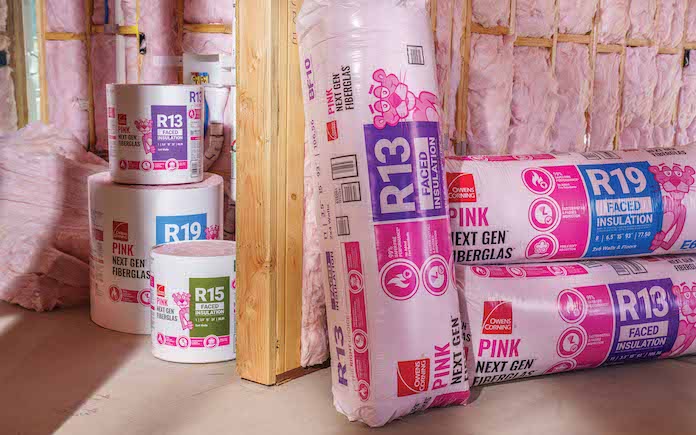
1. Insulate Your Home
A key part of sustainable living is using only energy you need — that starts with insulating your home. Doing so will conserve energy, save you money and increase personal comfort.
The North American Insulation Manufacturers Association estimates up to 90 percent of homes are underinsulated. So, your home probably could use more insulation!
However, not all insulation is equal — or sustainable. Some companies use large amounts of non-renewable energy to produce their insulation, which has negative environmental impact.
Owens Corning’s insulation is the first to be certified as made with 100-percent wind-powered electricity and reduced embodied carbon.
“Embodied carbon refers to the carbon dioxide equivalent emitted throughout the product life-cycle, including raw material extraction, transportation, and manufacture,” the company’s website states.
In addition to being sustainably produced and soft as cotton, it’s made with natural materials. Owens Corning PINK Next Gen Fiberglas Insulation has the highest recycled content in the industry.
PINK Next Gen Fiberglas batts come in pre-cut lengths to save time, making them ideal for framed cavities. The batts are extra stiff, so they slide in easily and resist slumping in areas like walls. And if you need to make cuts, they split cleanly.
To learn more, read, “This Fiberglass Insulation Offers Clean, Fast, Precise Installation.”
After installing insulation in the attic and crawlspace, you need to prevent inside air from escaping, and outside air from getting in — here’s how to eliminate cracks and gaps:
- Caulk around windows and doors. Homes expand and contract due to humidity changes, so you should do this each summer and winter.
- Check each entry door’s threshold for damage and replace a failing rubber seal — or the entire threshold — as needed.
- Check for gaps between the threshold and the door and install door sweeps as needed. Some door sweeps attach to the bottom of the door; others are mounted inside the door.
You also can insulate electrical outlets, install or replace weatherstripping in windows and doors, and cover window air conditioners for a weather-tight seal.
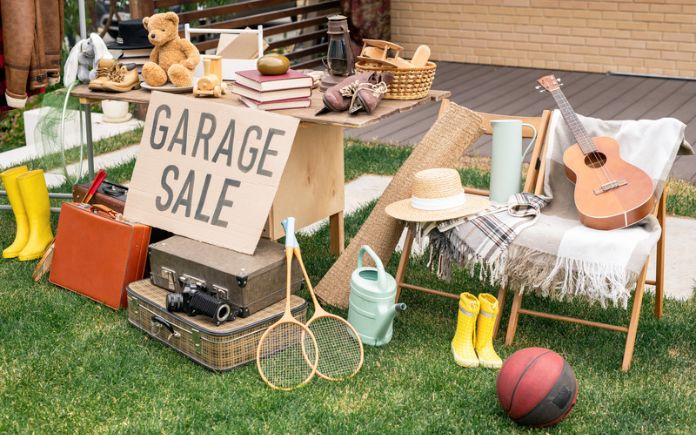
2. Reduce, Reuse and Recycle
Living sustainably is all about keeping as much out of the landfill as you can. To do that, start with the 3 Rs — reduce, reuse, recycle.
Reduce: Ditch bottled water and install a home water filter to save money, have healthier drinking water, and help the environment. Eliminating bottled water consumption cuts down its carbon footprint left from transportation to stores and discarded plastic bottles.
Reuse: Furnishing your home? Avoid fast furniture! Like fast fashion, these furniture pieces are mass-produced and relatively inexpensive, so they’re easy to obtain and then abandon. Instead, look for second-hand furniture at online marketplaces, thrift stores and yard sales.
Recycle: Buying new items for your home? Look for the post-consumer label. This means the product is made from recycled materials. You might be surprised at how many things are made from post-consumer recyclables — fences, playground equipment, carpet, and even roofing shingles can be created from garbage.
But to get to that post-consumer point, people need to make the simple decision to recycle at home. Hang these recycling bins on your garage wall so they’re not only out of the way but also in plain sight so you won’t forget this important step!
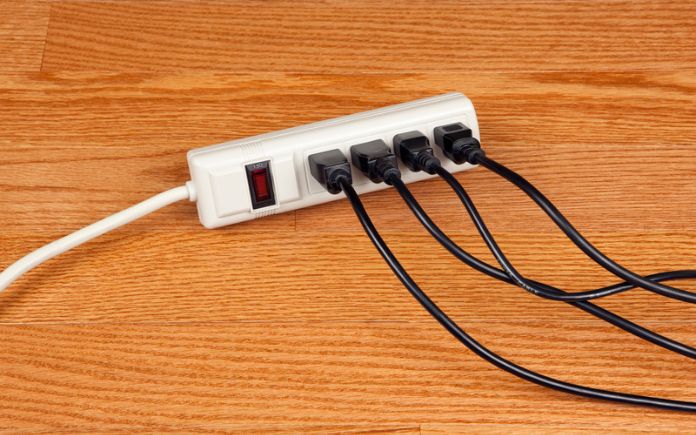
3. Unplug Devices Not in Use
Just because an electronic device is turned off doesn’t mean it’s using no power.
Energy vampires are electronic items that suck up electricity when not in use (phantom power) — adding at least 10 percent to your monthly utility bill, according to the U.S. Department of Energy.
If you have a light switch that can turn outlets off and on, plug your biggest electronic items (such as TVs and computers) into these switch-controlled outlets, and simply flip the switch when you no longer need the device.
Alternatively, plug media devices — some of the worst energy-sucking offenders — into a power strip and, again, control their power use with a switch.
If neither is an option, avoid leaving your TV or computer idle; power off the flat screen and put the laptop in sleep or hibernate mode. Or simply unplug devices you’re not currently using.
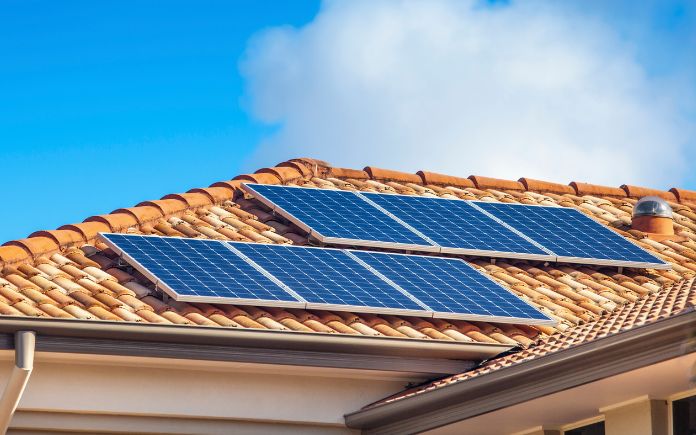
4. Use Renewable Energy Sources
Reducing dependence on non-renewable fuels is at the core of sustainable living, and there’s no better renewable energy source than the sun.
Solar technologies convert sunlight into electrical energy through photovoltaic panels or mirrors that concentrate solar radiation, according to energy.gov. Integrating solar power into your home can be as simple as installing a single panel and battery system or as robust as having a full array of panels powering your entire home.
Solar power can provide electricity for air conditioning, lighting and appliances, and it has virtually no environmental footprint. You can also use solar power to heat your home’s water.
Solar water-heating systems likey won’t provide all the hot water you may need, but for most folks, it can cover 50-80 percent of your hot water needs. Although these systems use some energy, the cost to operate them is only about 10 percent of a conventional water heating system.
Not ready to commit to these big-ticket solar-powered items? Start small with solar lighting to illuminate your landscape and — bonus — deter intruders from coming near your home.
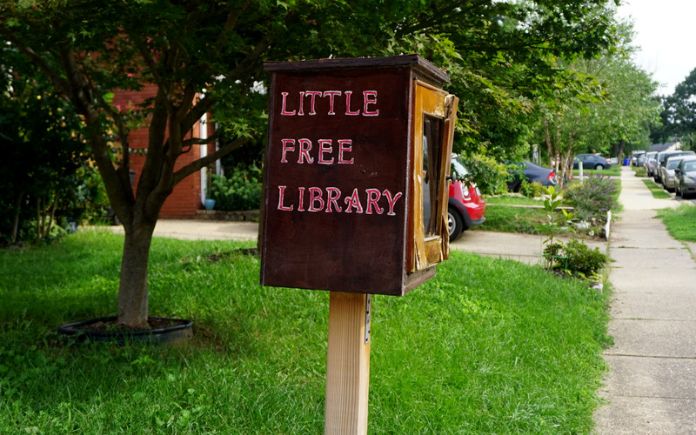
5. Share and Share Alike
Sustainable living isn’t just about the environment. The three pillars of sustainability are environmental, economic and social, and one of the social goals is to educate your community.
You can share knowledge with neighbors by passing along books you’ve read. Little Free Library, a nonprofit organization, promotes literacy, creativity and community through book exchanges.
The signature bookcase — resembling a small building — makes a Little Free Library instantly recognizable. It’s usually made of wood, mounted on a post, and has a door with a window to protect books from the elements.
Another way to share with your community is to grow a community or victory garden. Conventional food distribution with long-distance transportation to grocery stores exhausts energy and human resources.
By growing produce, you can reduce the demand for commercially grown vegetables. Plus, if you grow enough, your can share your surplus harvest with neighbors and reduce food waste.
These are just a few lifestyle changes you can make to live more sustainably. Find more information and tools to help reduce your impact on the environment on the EPA’s Greener Living website.
Further Reading


